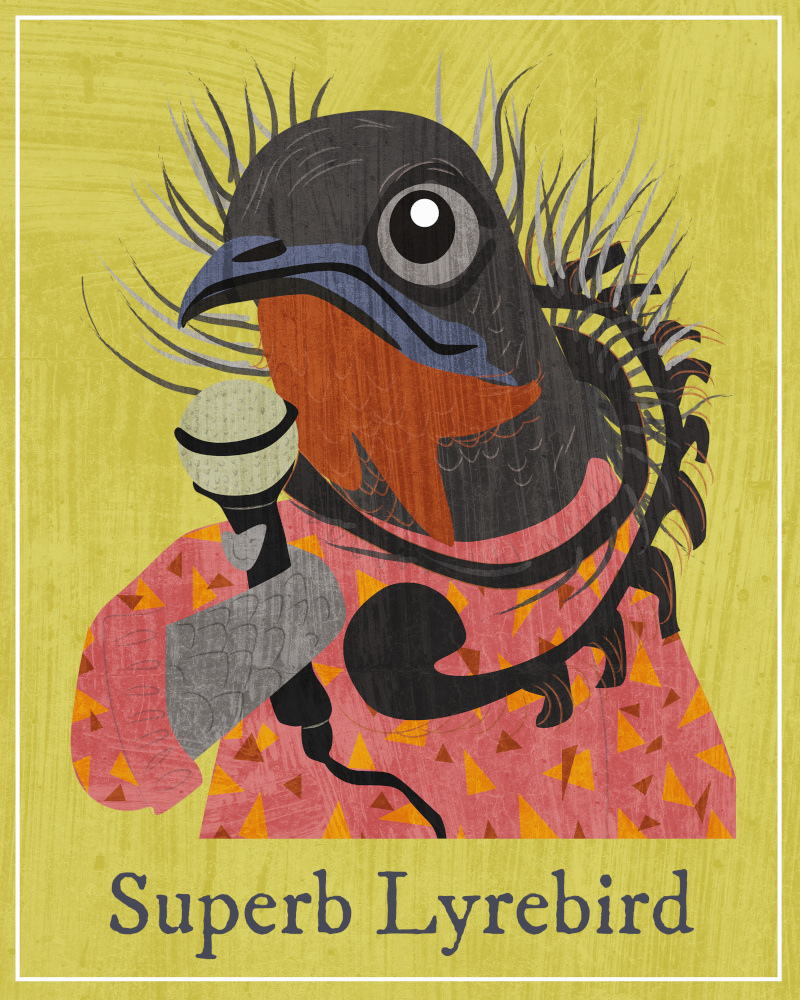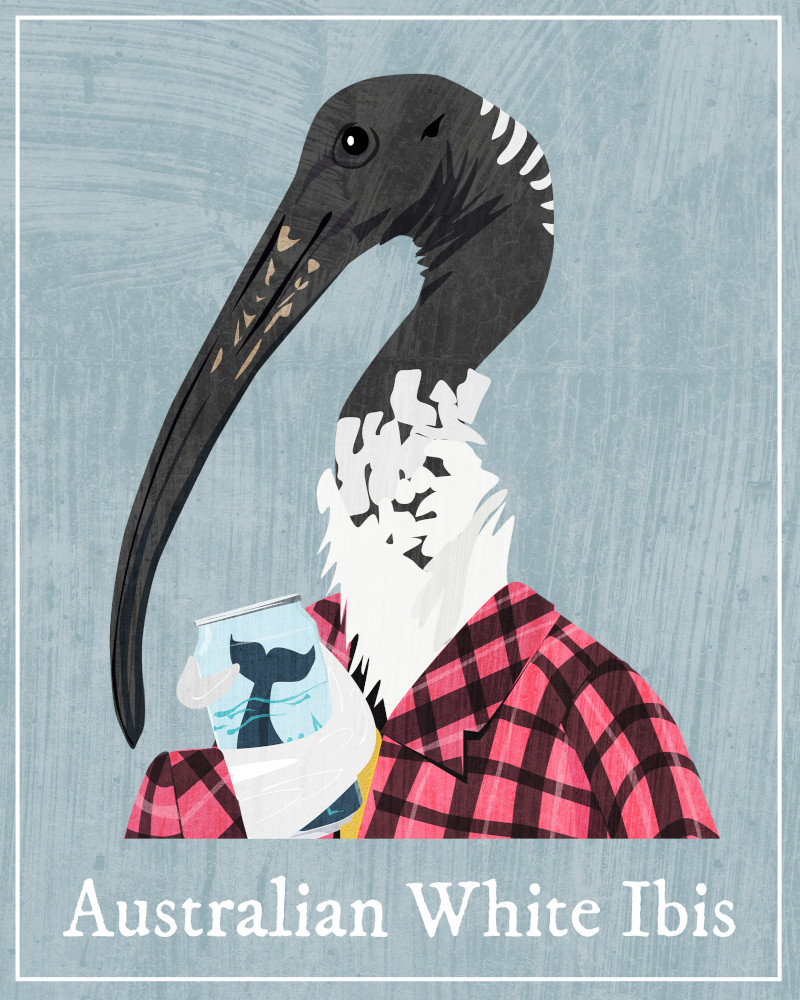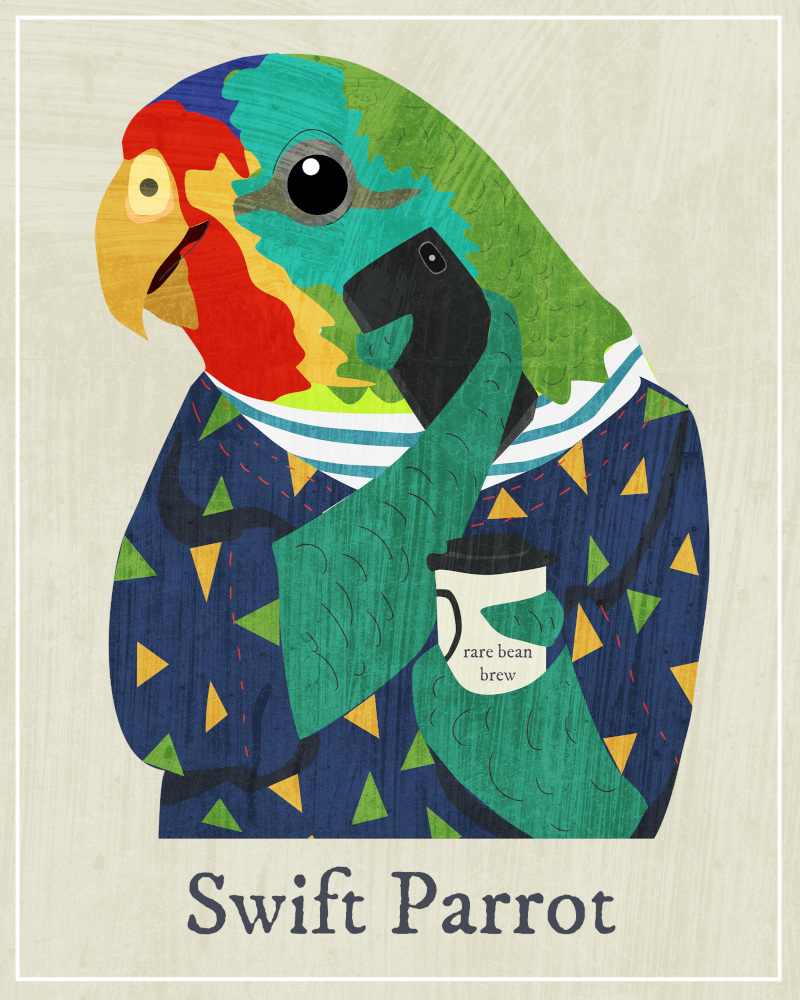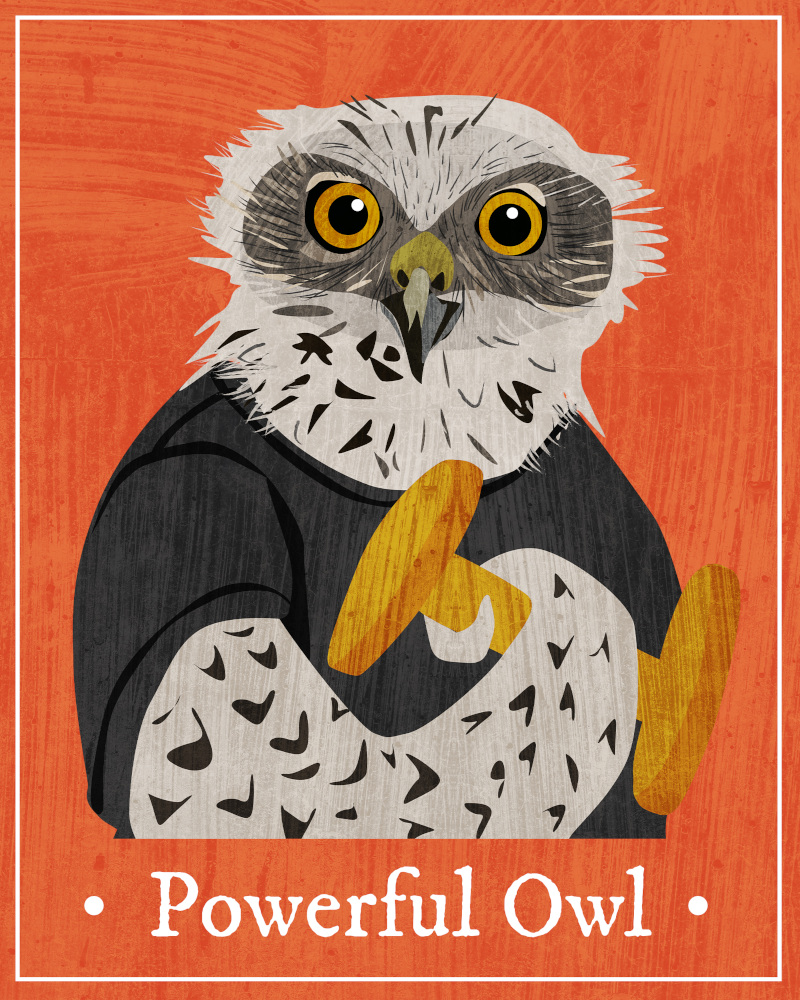What Aussie bird are you? You’re a Spotted Pardalote!

You don’t know you’re beautiful,
That’s what makes you beautiful
Shy, sweet, and utterly wholesome, you are sometimes underestimated by the people around you. Sure, you’re only small, but what you lack in size, you make up for with your stunning good looks, beautiful singing voice, and unexpected work ethic – hey, that nest-tunnel isn’t going to excavate itself!
You may work hard, but you also play hard, indulging your sweet tooth on tasty sap and bugs to keep your energy levels high, and for good reason – as a dedicated egalitarian, you and your partner share the workload of preparing a home and raising a family. After all, team work makes the dream work, as they say!
More about the Spotted Pardalote
One of Australia’s smallest birds, the Spotted Pardalote builds its nest in a long horizontal tunnel dug into the soil of creek banks, the embankments of railway cuttings, quarries or similar suitable sites, and sometimes they even excavate tunnels in rabbit burrows, or potted plants in gardens. The nest itself is spherical, made from strips of bark, and built in a chamber at the end of the tunnel. Pardalotes are usually seen foraging in the crowns of eucalypt trees, where they pluck invertebrates, especially psillids, from the leaves.
How we’re helping: Birds in Backyards
Birds in Backyards is BirdLife Australia’s research, education and conservation program for the birds of our urban environments. With the rapid expansion of our urban landscape, small native birds have begun to disappear from our parks and gardens – but BirdLife is working to ensure our backyards never fall silent. Birds in Backyards is a great way for you to get involved at a local level – by participating in online surveys, learning more about Australian birds and their habitats and by creating bird-friendly spaces in your garden and local community.
To learn more, visit: Birds in Backyards – BirdLife Australia








